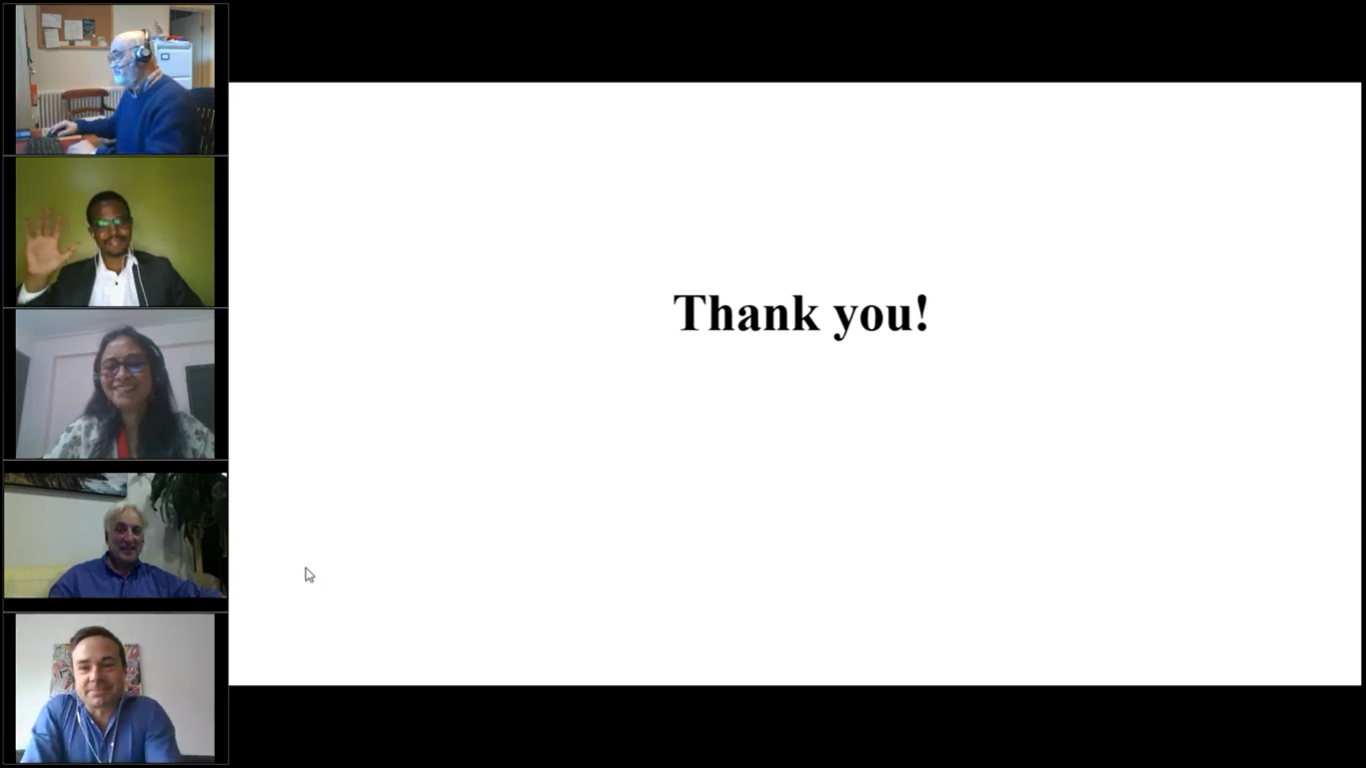In recent years, land degradation has been accelerated due to growing human activities such as agricultural and livestock production, deforestation and urbanization. This has been exacerbated by extreme weather events and raised temperature caused by climate change. Given land is a natural asset providing a range of important goods and services for livelihoods and economic growth, the importance of land restoration and terrestrial ecosystem services is well highlighted in UN Sustainable Development Goal (SDG) 15 on life on land.
In response to the growing recognition of the importance of land-based natural assets, a webinar – SDGs Erosion: How terrestrial natural capital will save the 2030 Agenda – was held on 10 November 2020 by the Green Growth Knowledge Partnership’s Natural Capital Expert Group and the Economics of Land Degradation (ELD) Initiative.
During the webinar, the GGKP Natural Capital Expert Group’s state-of-the-art methodology on measuring natural capital gaps in achieving the SDGs was presented along with its application results for land remediation programmes. Experts and three speakers from each of the pilot countries – India, Kyrgyzstan and Rwanda – then discussed key policy questions such as knowledge gaps that inhibit the countries from leveraging the many economic, social and environmental benefits of land restoration.
“We need sustainable land management with positive solutions that can happen to reverse land degradation to restore natural capital,” said Robert Costanza, Vice-Chancellor’s Chair in Public Policy, Crawford School of Public Policy at the Australian National University, who moderated the session.
Anil Markandya, Distinguished Ikerbasque Professor, Basque Centre for Climate Change and Honorary Professor of Economics, University of Bath, showcased not only the estimated natural capital gaps – minimum US$31.9 trillion to maximum US$86.9 trillion – in achieving eight SDG targets, but also the estimated financial investment needs and the cost-effectiveness of natural capital investment in achieving such targets.
“The preliminary estimate of financial investment needs to increase of natural capital to meet eight SDG targets was US$773 billion per year, or around US$8 trillion for the whole decade globally. And the greatest gains come from investments in land remediation,” he said.
The application case of the methodology in land remediation programmes in India showed the cost-effectiveness of a capitals approach: natural capital increase was over 100 times the financial investment. Moreover, Markandya highlighted how investing in natural capital can result in a wide range of positive social impacts.
“The knowledge we presented here today shows significant benefits from land remediation that are not only captured in terms of market gains, but shows indirect benefits to a lot of people,” he said.
 Three speakers presented application results of natural capital approaches in their countries: the application of a capitals approach in land remediation programmes in India, piloting two physical land accounts in Kyrgyzstan, and the use of the Integrated Economic-Environmental Modeling (IEEM) platform to assess green growth policy scenarios on land in Rwanda as well as building an enabling environment in applying a natural capital approach in Africa.
Three speakers presented application results of natural capital approaches in their countries: the application of a capitals approach in land remediation programmes in India, piloting two physical land accounts in Kyrgyzstan, and the use of the Integrated Economic-Environmental Modeling (IEEM) platform to assess green growth policy scenarios on land in Rwanda as well as building an enabling environment in applying a natural capital approach in Africa.
Discussion continued on knowledge gaps in leveraging economic, social and environmental benefits of land restoration. Gitika Goswami, Programme Director, Development Alternatives (DA), noted that in the context of India, research findings, including knowledge generated from local communities, are not reflected by policymakers, which creates significant gaps.
On a similar note, Peter Katanisa, Coordinator, Natural Capital Accounting Community of Practice Africa, World Bank, said that institutional enhancement will be very important in terms of building knowledge given that most of data and reports on natural capital accounting and sustainable land management across Africa is scattered in a wide range of agencies and ministries.
The GGKP and the ELD Initiative with in-country teams will produce policy briefs on the outcomes and policy recommendations from the pilot testing of natural capital approaches in the three countries. A user-friendly toolkit and guidance document on the methodologies will also be published in 2021 with support from the GGKP Natural Capital Expert Group. Given their usefulness, it is expected that these methodologies will support national accounting agencies and practitioners to estimate the investment in natural capital required to achieve nature-related SDG targets.
The recording and presentation materials of the webinar are available here.
***
About the GGKP Natural Capital Expert Group
The GGKP Expert Group on Natural Capital explores state-of-the-art methods, models, data and tools to achieve its three goals of pushing forward the knowledge frontier around natural capital and green growth; mainstreaming natural capital in global green growth activities; and supporting stronger implementation of natural capital commitments in national economic plans. The group is comprised of 26 experts from across GGKP’s partner institutions, each with at least 10 years of experience working with natural capital. For more information, see About the Natural Capital Working Group.
About the Economics of Land Degradation (ELD) Initiative
The Economics of Land Degradation (ELD) Initiative aims to transform global understanding of the economic value of productive land based on both market and non-market values, and to improve stakeholder awareness for socioeconomic arguments to improve sustainable land management, prevent the loss of natural capital, preserve ecosystem services, combat climate change, and address food, energy and water security.
